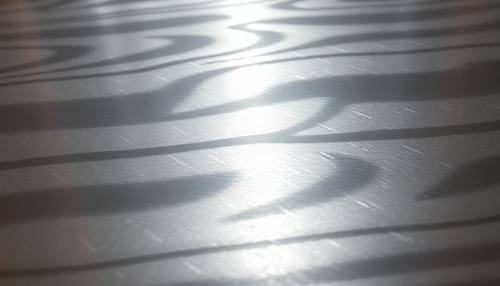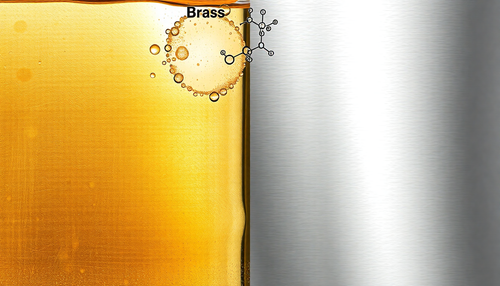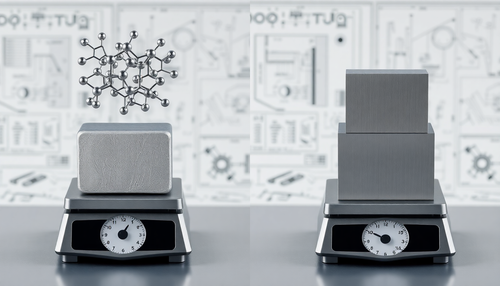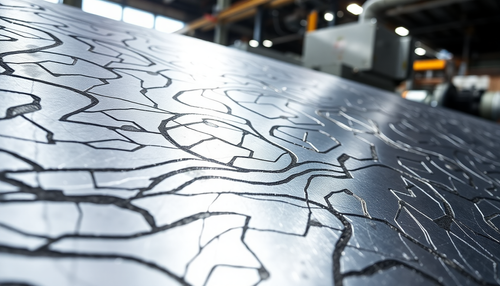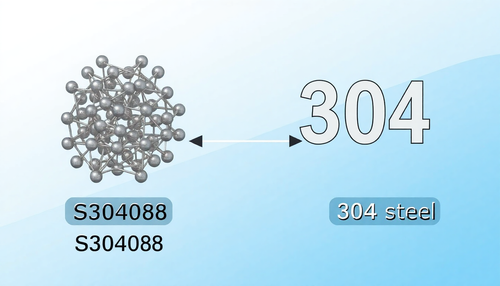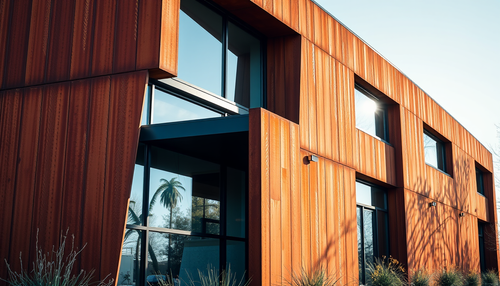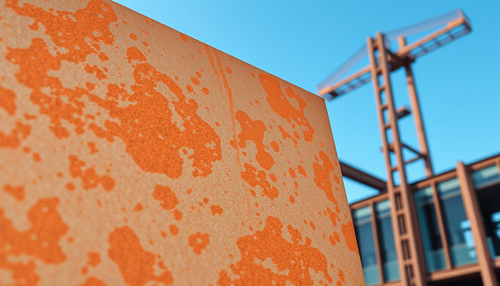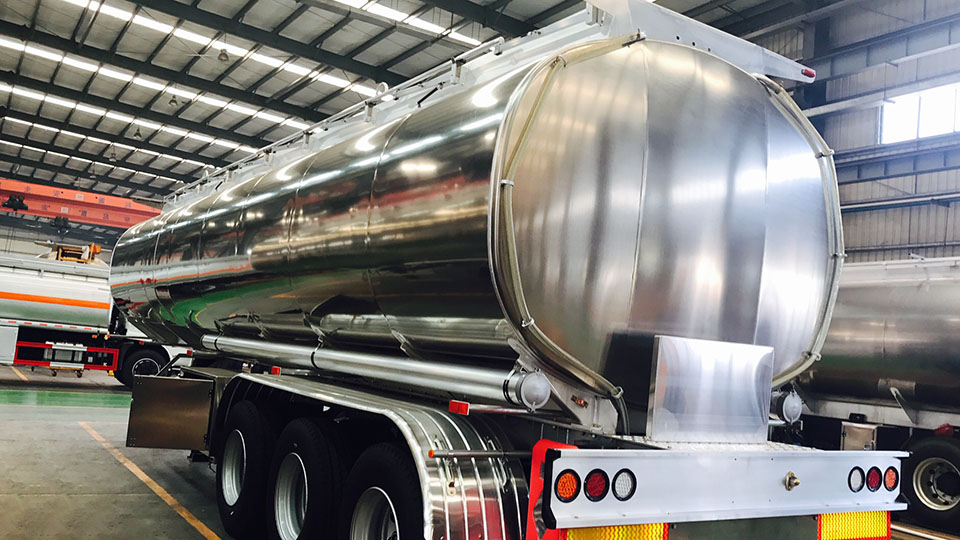
Aluminum Alloy 5083 – Al 5083 H116 H111 H321
Aluminum 5083 is essentially a non-heat treatable alloy containing 4-4.9% Mg and 0.4-1.0% Mn. It is a relatively inexpensive alloy with moderate strength, excellent cold forming, welding and spot welding properties, and good corrosion resistance. 5083 aluminum alloy can be processed with moderate superplasticity. This attractive combination of properties has led to the increasing use of its superplastic forming for a variety of parts in non-structural applications that do not involve substantial forming deformations. Commonly used quenching conditions of the alloy include 5083-H116, H321, H111, H112, etc.
5083 Aluminum Properties
The following tables summarize the properties of 5083 aluminum, including chemical composition, physical and mechanical properties, etc.
Chemical composition
The chemical composition of 5083 aluminum alloy is given in the data sheet below.
| Chemical composition, % | ||||||||||
| Aluminum | Yes, ≤ | Fe, ≤ | Cu, ≤ | Mn | mg | Cr | Zn, ≤ | Ti, ≤ | Other elements, each (total), ≤ | Al |
| 5083 | 0.40 | 0.40 | 0.10 | 0.40-1.00 | 4.0-4.9 | 0.05-0.25 | 0.25 | 0.15 | 0.05 (0.15) | Rest |
Physical Properties of 5083 Aluminum Alloy
The physical properties of aluminum 5083 are listed in the data sheet below, including aluminum density, melting point, coefficient of thermal expansion, Young's modulus, thermal conductivity, specific heat, electrical conductivity and electrical resistivity, etc.
Observation:
- 10 -6 ·K -1 = 10 -6 /K = 1 μm/m·°C
- 1Ω mm²/m = 1 μΩ m
- 1 g/cm3 = 1 kg/dm3 = 1000 kg/m3
- 1 GPa = 1kN/mm2
- 1 MPa = 1 N/mm2
- MS/m = 0.58% IACS
- 1 cal/(gC) = 1 Btu/(lb⋅F)
| Physical Properties of 5083-O Aluminum | |
| Density, g/cm3 (lb/in.3) | 2.66 (0.096) |
| Melting point, °C (°F) | 580-640 (1095-1180) |
| Specific heat capacity, J/kg·K (Btu/lb ·°F) | 899 (0.215) |
| Coefficient of thermal expansion, 10 -6 /K (μin./in. ·°F) | 23.8 (13.2) at 20-100℃ (68-212°F) |
| Thermal conductivity at 25 °C (77 °F), W/m·°C (BTU∙in/h∙ft²∙°F) |
117 (810) |
| Electrical conductivity at 20 °C (68 °F), MS/m Equal volume (equal weight) |
17 (57) |
| Electrical conductivity at 20 °C (68 °F), % IACS Equal volume (equal weight) |
29 (98) |
| Electrical resistivity at 20 °C (68 °F). Ω·mm2/m (Ω·circ mil/ft) |
0.059 (36) |
5083 aluminum mechanical properties
The mechanical properties of 5083 aluminum are listed in the table below, including tensile strength, yield strength, elongation, hardness, etc.
ASTM B209/B209M
Mechanical Properties of 5083 Aluminum Sheets and Plates According to ASTM B209/B209M
| Mechanical Properties of Aluminum 5083 – Plate and Sheet | |||||
| Standard | Aluminum alloy and quenching | Specified thickness (over-through), in. (mm) | Tensile strength, ksi (MPa) | Yield strength (0.2% compensation), ksi (MPa) | Stretch by 2 in. (5 mm) or 4xDiameter, ≥, % |
| ASTM B209/B209M | 5083-O | 0.05-1.5 (1.2-40) | 40-51 (276-352) | 18-29 (124-200) | 16 |
| 1.5-3.0 (40-80) | 39-50 (270-345) | 17-29 (117-100) | 16 | ||
| 3.0-4.0 (80-100) | 40-80 (276-550) | ≥16 (110) | 16 | ||
| 4.0-5.0 (100-120) | ≥38 (262) | ≥16 (110) | 14 | ||
| 5.0-7.0 (120-180) | ≥37 (255) | ≥15 (103) | 14 | ||
| 7.0-8.0 (180-200) | ≥36 (248) | ≥14 (97) | 12 | ||
| 5083-H32 | 0.125-0.187 (3.2-5.0) | 44-56 (303-386) | ≥31 (214) | 10 | |
| 0.188-1.500 (5-40) | 44-56 (303-386) | ≥31 (214) | 12 | ||
| 1.5-3.0 (40-80) | 41-56 (283-386) | ≥29 (200) | 12 | ||
| 5083-H112 | 0.25-1.50 (6.35-38) | ≥40 (276) | ≥18 (124) | 12 | |
| 1.5-3.0 (30-80) | ≥39 (269) | ≥17 (117) | 12 | ||
| 5083F | 0.25-8 (6.35-203) | – | – | – | |
ASTM B221
Standard specification for aluminum and aluminum alloy bars, rods, wires, profiles and extruded tubes
| Mechanical properties of 5083 aluminum – bars, rods, wires, profiles and extruded tubes | ||||||||
| Standard | Aluminum alloy and quenching | products | Specified Diameter or Thickness | |||||


